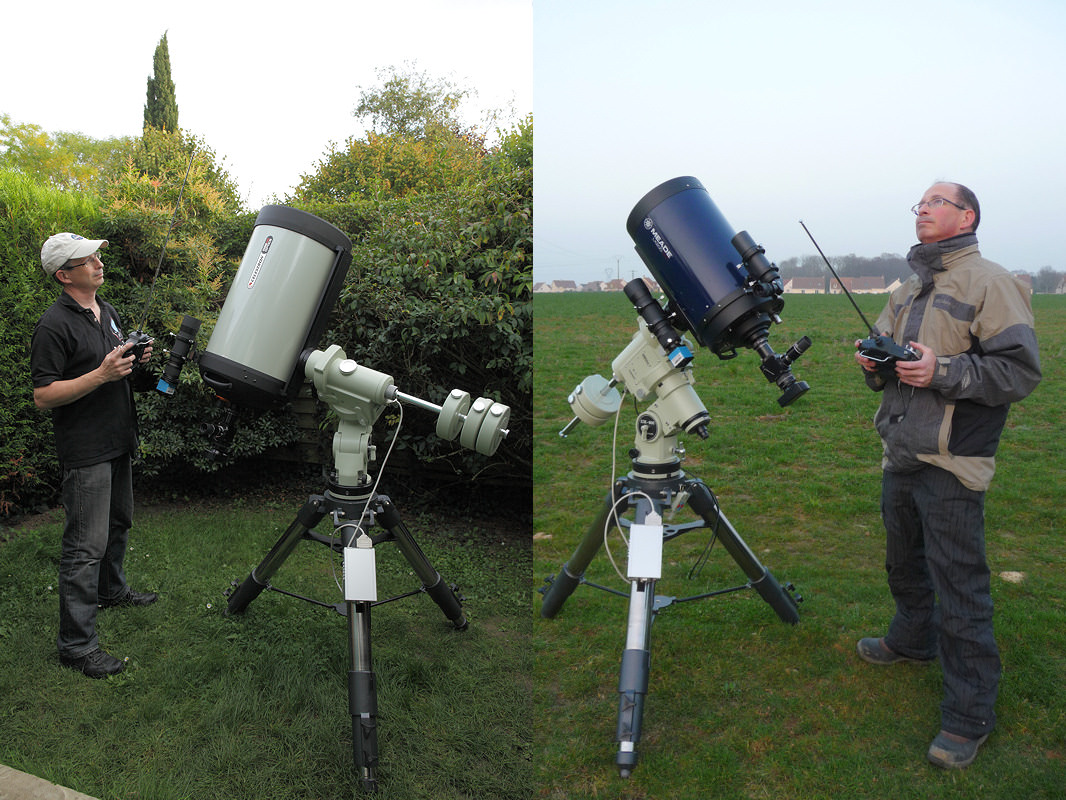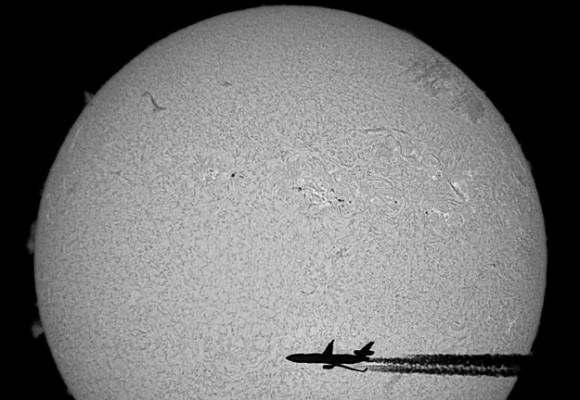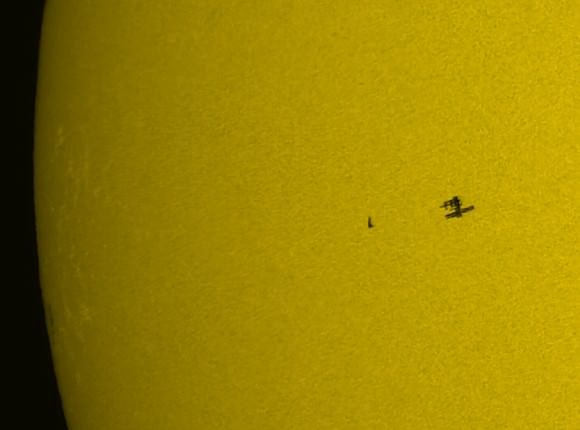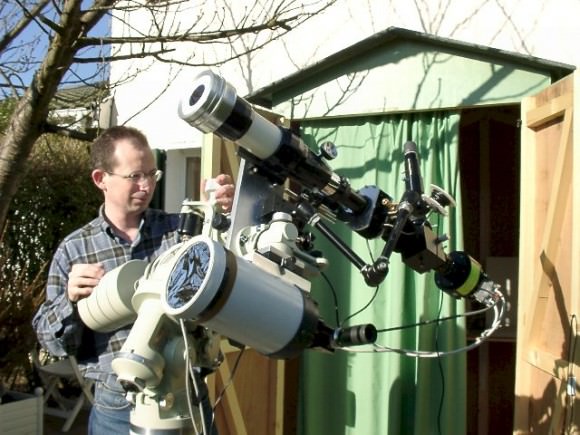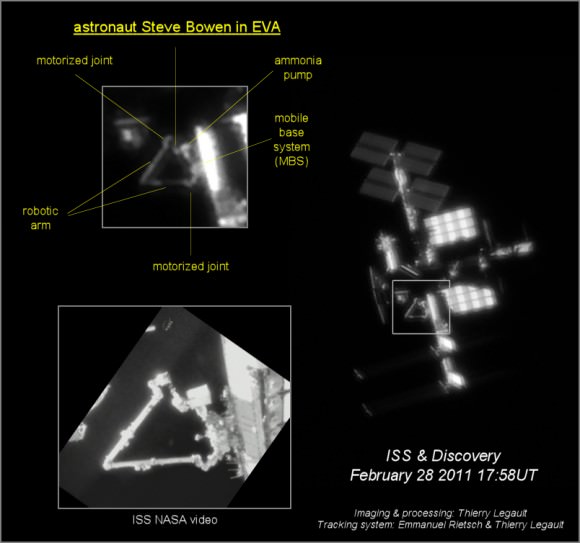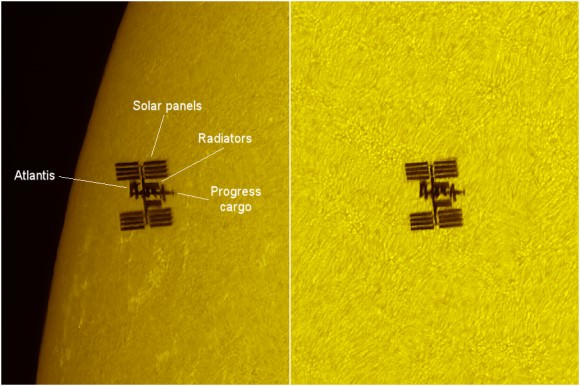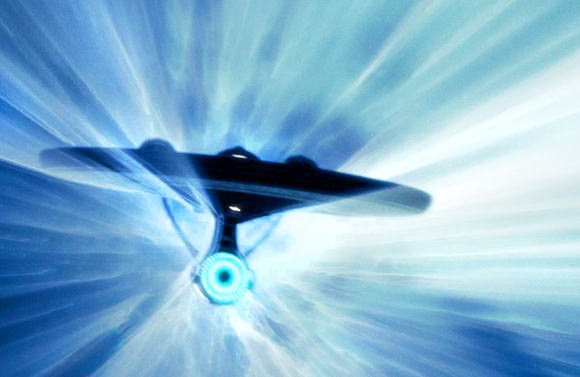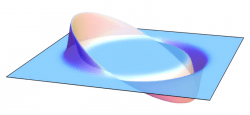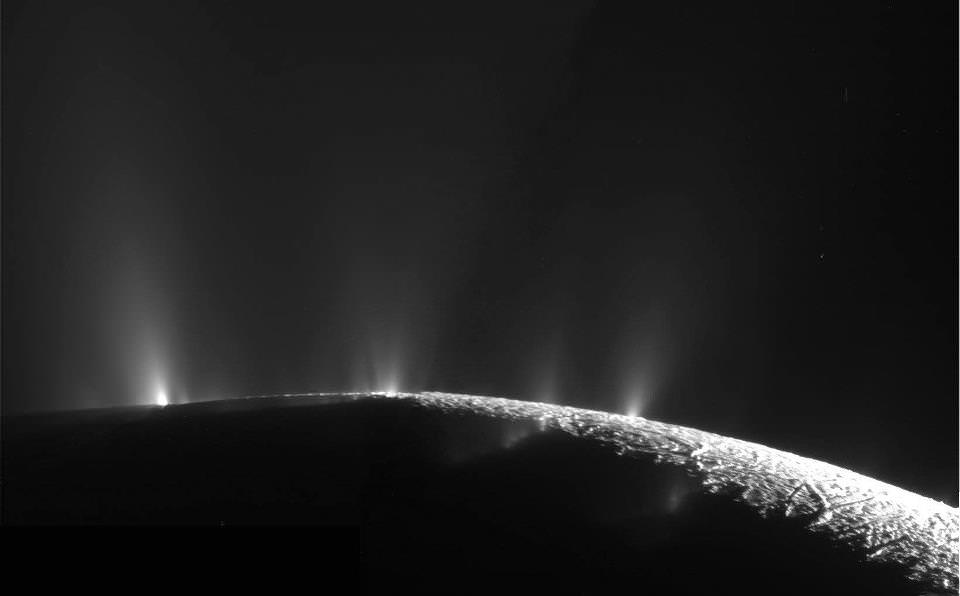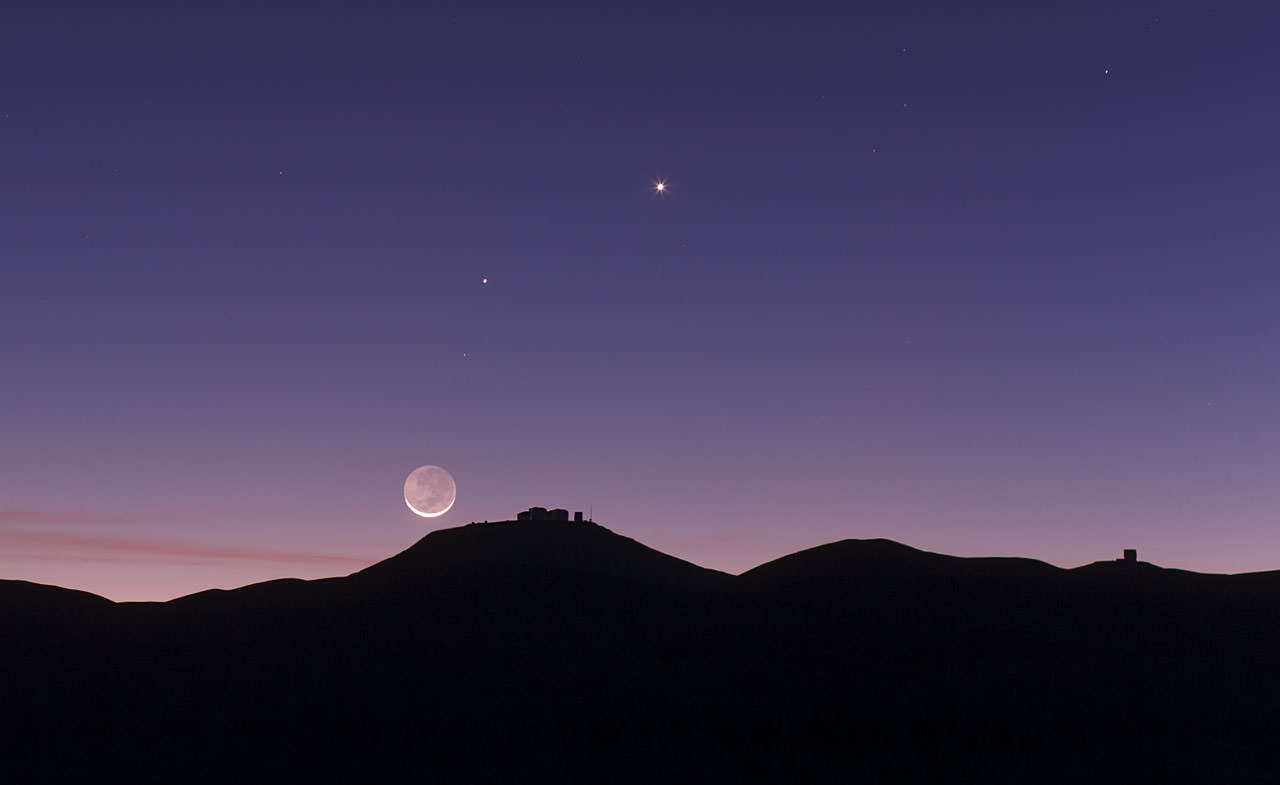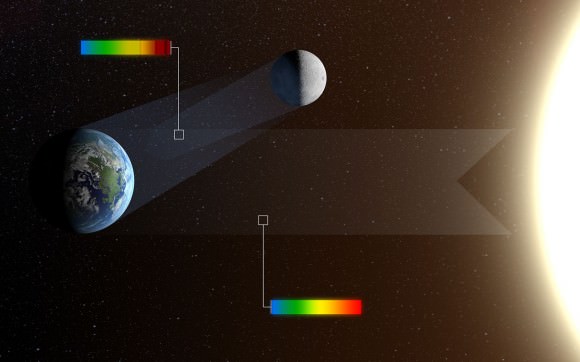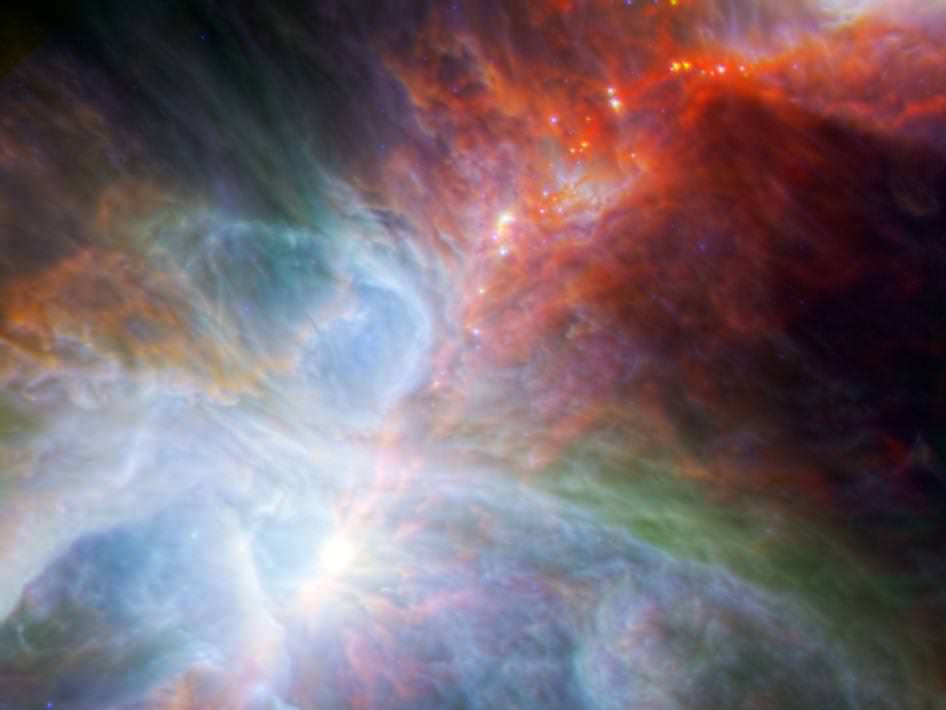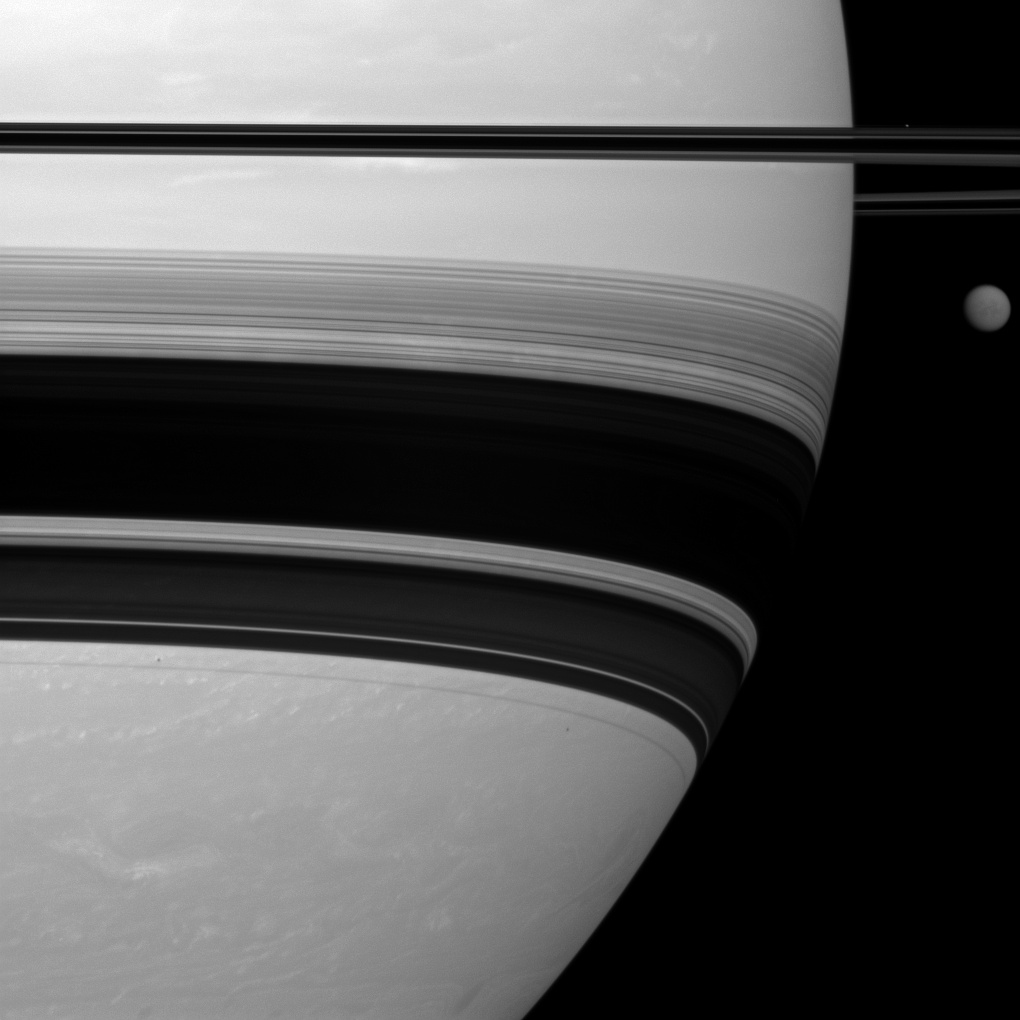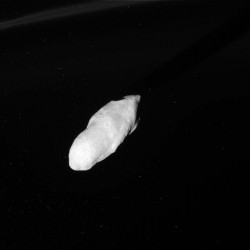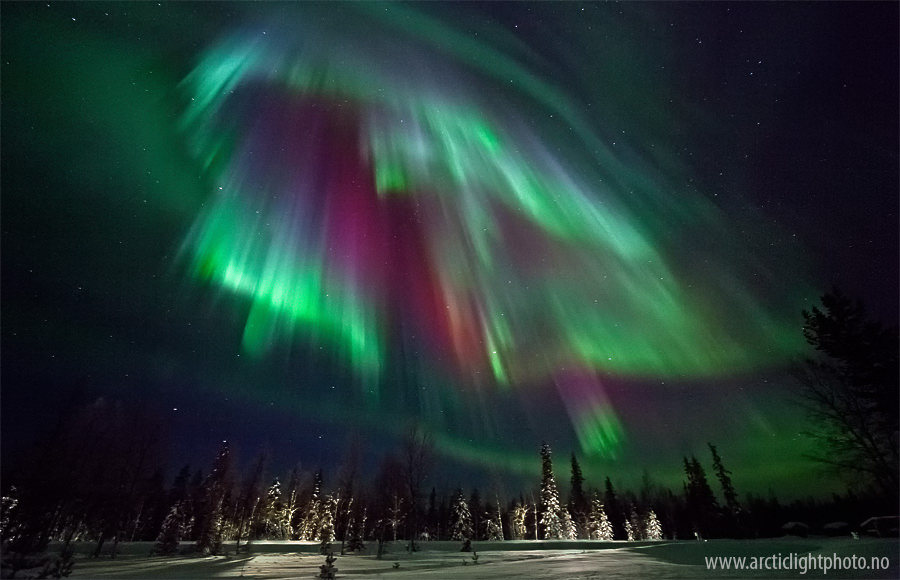[/caption]
You may have heard about an asteroid in the news this week that has a 1 in 625 chance of hitting Earth on Feb. 5, 2040. So, will this asteroid, named 2011 AG5, really hit our planet? The quick answer is, probably not. But astronomers will need more observations of this asteroid to say one way or the other for sure.
“Because of the extreme rarity of an impact by a near-Earth asteroid of this size, I fully expect we will be able to significantly reduce or rule out entirely any impact probability for the foreseeable future,” said Donald Yeomans, head of the Near-Earth Object Observations Program at NASA’s Jet Propulsion Laboratory.
Yeomans classified the chance of impact as “unlikely” and here are some facts that we do know about Asteroid about 2011 AG5:
What is the potential that this asteroid will impact Earth?
Currently astronomers have this asteroid ranked as a “1” on the 1 to 10 Torino Impact Hazard Scale. A “1” means this asteroid will have a pass near the Earth that poses no unusual level of danger. Current calculations show the chance of collision is extremely unlikely with no cause for public attention or public concern. Very likely, subsequent telescopic observations will lead to re-assignment to Level 0. The 1 in 625 chance is what the predictions are for the data that NASA has right now. Further observations will likely decrease the odds, and may even bring it to zero.
How big is this asteroid?
2011 AG5 is a 140-meter-wide (460 feet) space rock. Its composition is not yet known – whether it is a rocky, iron or icy asteroid.
How many Near Earth asteroids are out there?
Asteroid 2011 AG5 is one of 8,744 near-Earth objects that have been discovered so far, as of this week (March 1, 2012). NEOs are objects that come within 1.3 AU of the Sun (with Earth at 1 AU, so it means they pass through our neighborhood.)
1,305 of these NEOs have been classified as Potentially Hazardous Asteroids (PHAs), which are those that are larger than about 150 m (500 ft) and come within 0.05 AU of Earth’s orbit, so 2011 AG5 is right at the edge of that classification.
How was this asteroid discovered?
It was discovered on Jan. 8, 2011, by astronomers using a 60-inch Cassegrain reflector telescope located at the summit of Mount Lemmon in the Catalina Mountains north of Tucson, Arizona.
Where is 2011 AG5 now?
Its orbit carries it as far out as beyond Mars’ orbit and as close to the Sun as halfway between Earth and Venus. See the image above for its approximate current location. Its proximity to the Sun from our vantage point on Earth means astronomers can’t make observations right now.
When will astronomers find out more and be able to make better predictions?
“In September 2013, we have the opportunity to make additional observations of 2011 AG5 when it comes within 91 million miles (147 million kilometers) of Earth,” said Yeomans. “It will be an opportunity to observe this space rock and further refine its orbit.”
Yeomans added that even better observations will be possible in late 2015.
Will this asteroid come close to Earth before 2040?
2011 AG5 will next be near Earth in February of 2023 when it will pass the planet no closer than about 1.2 million miles (1.9 million kilometers). In 2028, the asteroid will again be in the area, coming no closer than about 12.8 million miles (20.6 million kilometers). The Near-Earth Object Program Office says the Earth’s gravitational influence on the space rock during these flybys has the potential to place the space rock on an impact course for Feb. 5, 2040, but this has very unlikely odds of occurring at 1-in-625.
“Again, it is important to note that with additional observations next year the odds will change and we expect them to change in Earth’s favor,” said Yeomans.
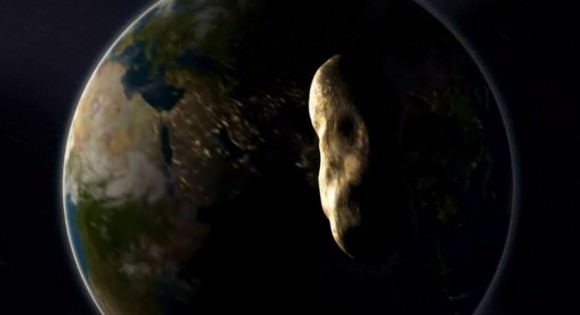
If Asteroid 2011 AG5 were to hit Earth, what is the potential for damage to Earth?
According to calculations from the Impact Earth website, an object of this size would begin to break up in Earth’s atmosphere at an altitude of 65500 meters (215,000 ft). Some of the larger pieces would reach the ground, with the pieces hitting Earth’s surface (ground) at a velocity Of 2.64 km/s (1.64 miles/s). The impact energy would be 7.52 x 10^15 Joules, or 1.8 MegaTons.
This would not cause any global problems, as the planet as a whole would not be strongly disturbed by the impact.
The broken projectile fragments would strike the ground in an ellipse about 1.17 km by 0.824 km in diameter, and the result of the impact is a crater field, not a single crater. The largest crater would be about 400 meters in diameter (1,310 feet). The impact would create a Richter Scale Magnitude-like event of 4.8.
If you were 1-10 km away from the impact area, you would feel a sensation like a heavy truck striking building. Standing cars would be rocked noticeably. Indoors, dishes and windows, might be disturbed and walls might make a cracking sound. An air blast at speeds of 26.3 m/s = 58.9 mph would arrive approximately 10 – 30 seconds after impact.
If this impactor hit in an ocean, the impact-generated tsunami wave would arrive approximately 6.18 minutes after impact if you were 10 km away, with a wave amplitude is between: 4.78 and 9.55 meters (15.7 feet and 31.3 feet).
How often do asteroids hit the Earth?
Yeomans said that every day, Earth is pummeled by more than 100 tons of material that spewed off asteroids and comets. Fortunately the vast majority of this “spillover” is just dust and very small particles. “We sometimes see these sand-sized particles brighten the sky, creating meteors, or shooting stars, as they burn up upon entry into Earth’s atmosphere,” Yeomans said in his “Top Ten Asteroid Factoids” article. “Roughly once a day, a basketball-sized object strikes Earth’s atmosphere and burns up. A few times each year, a fragment the size of a small car hits Earth’s atmosphere. These larger fragments cause impressive fireballs as they burn through the atmosphere. Very rarely, sizable fragments survive their fiery passage through Earth’s atmosphere and hit the surface, becoming meteorites.”
More info:
Catalina Sky Survey
Minor Planet Center
Asteroid and Comet Impact Hazards website from NASA
NASA’s Near Earth Object Program
Impact Earth website


